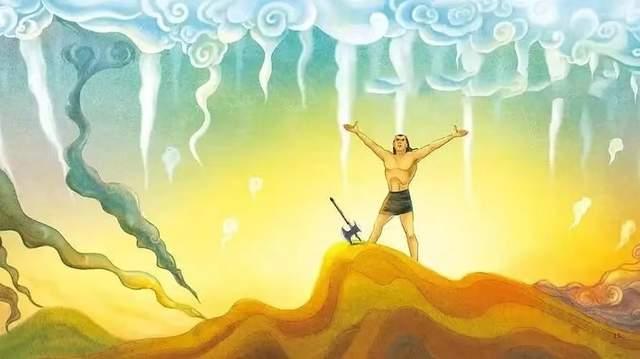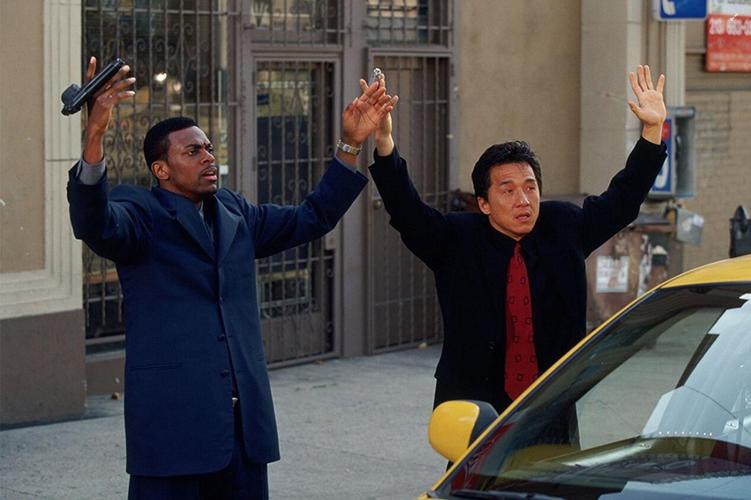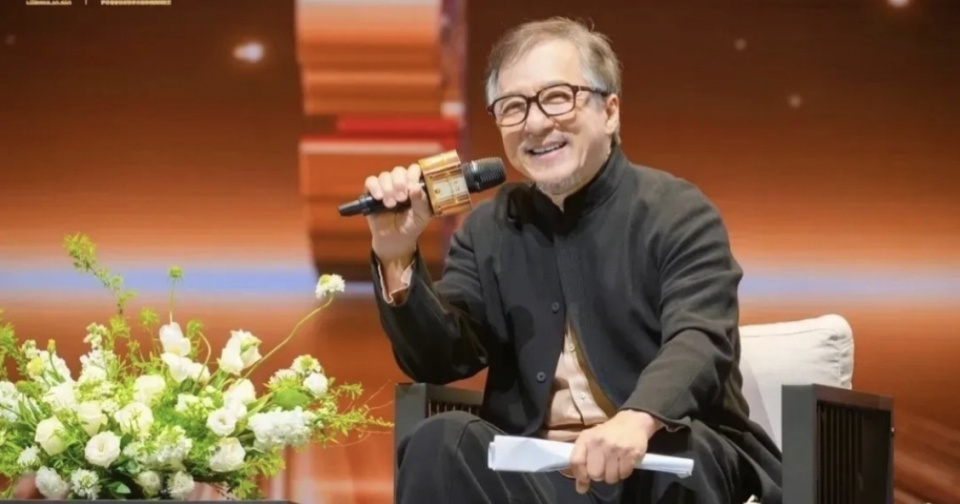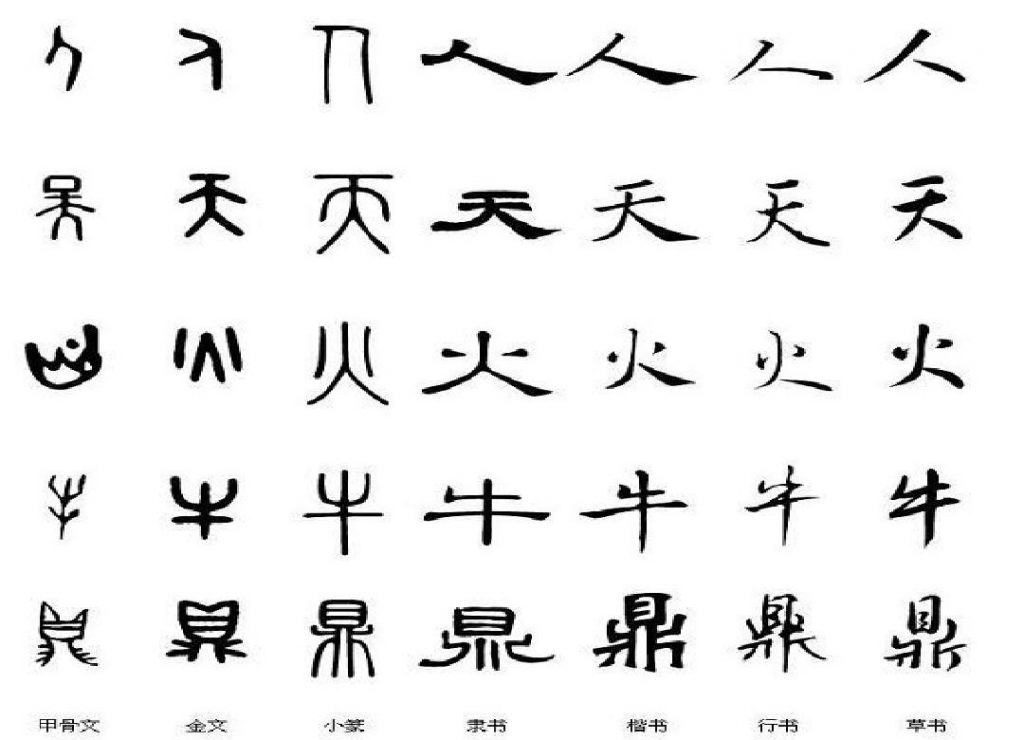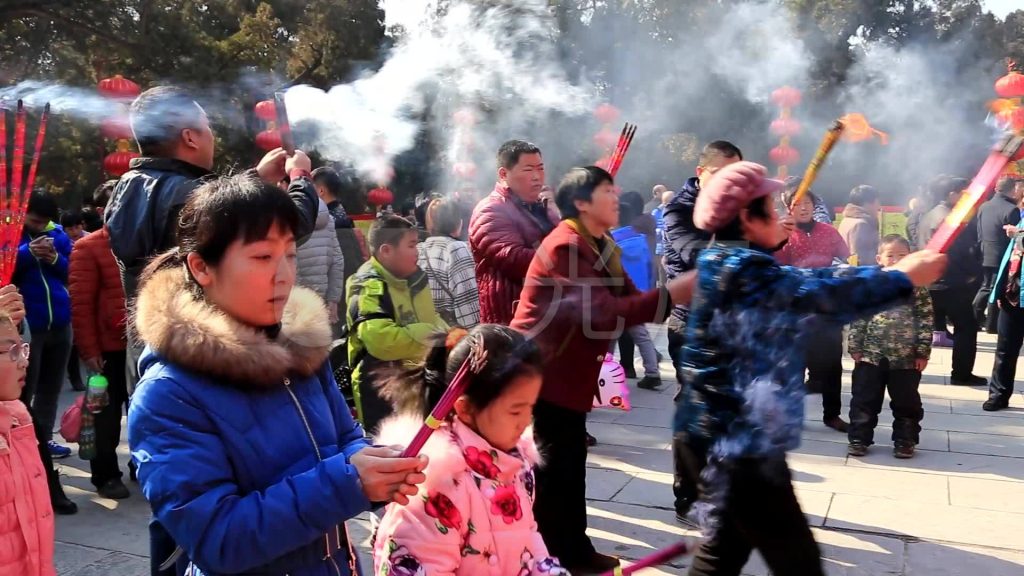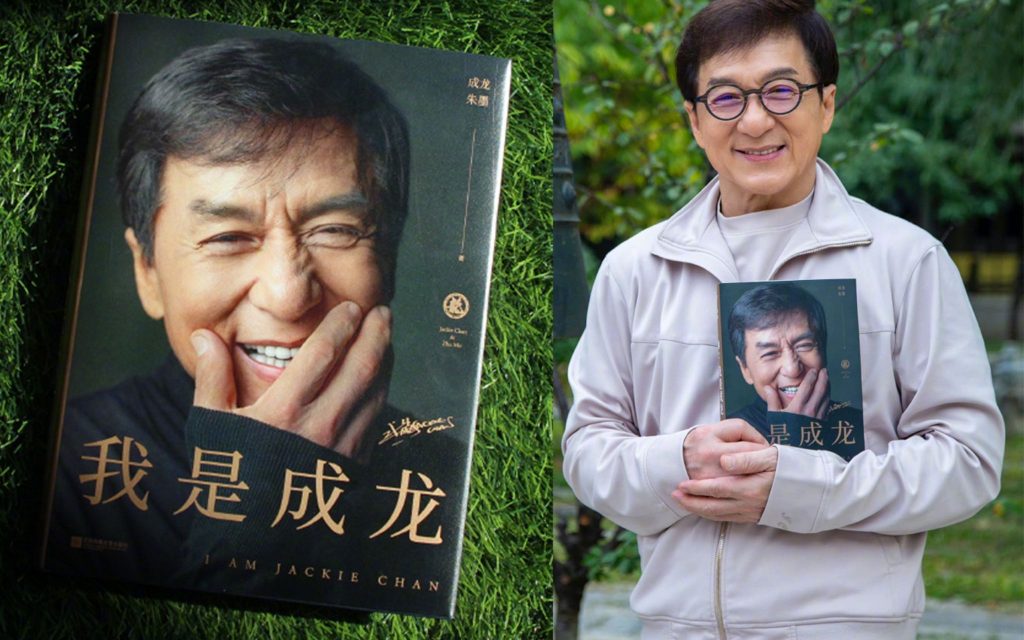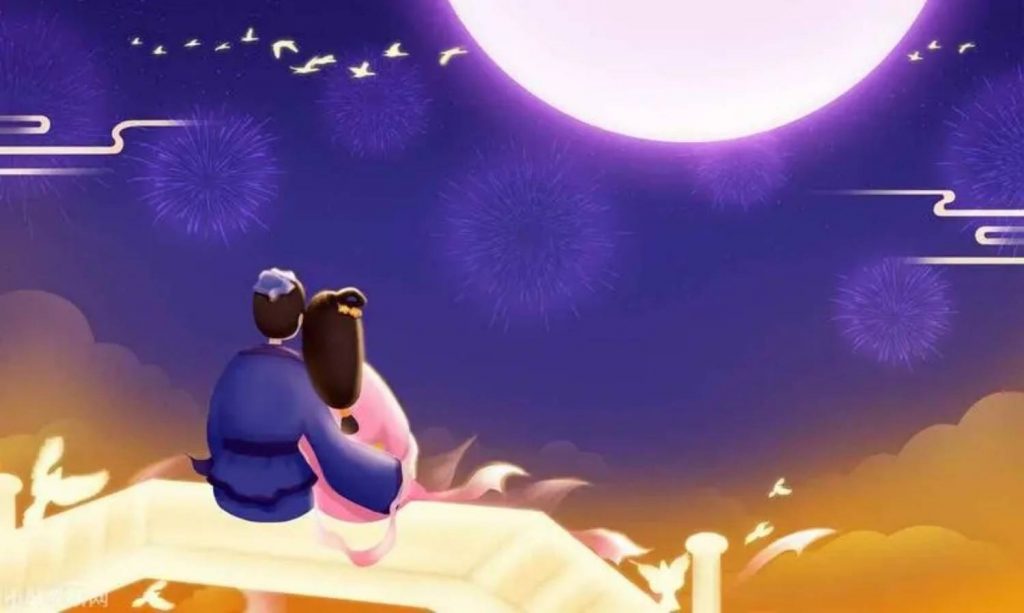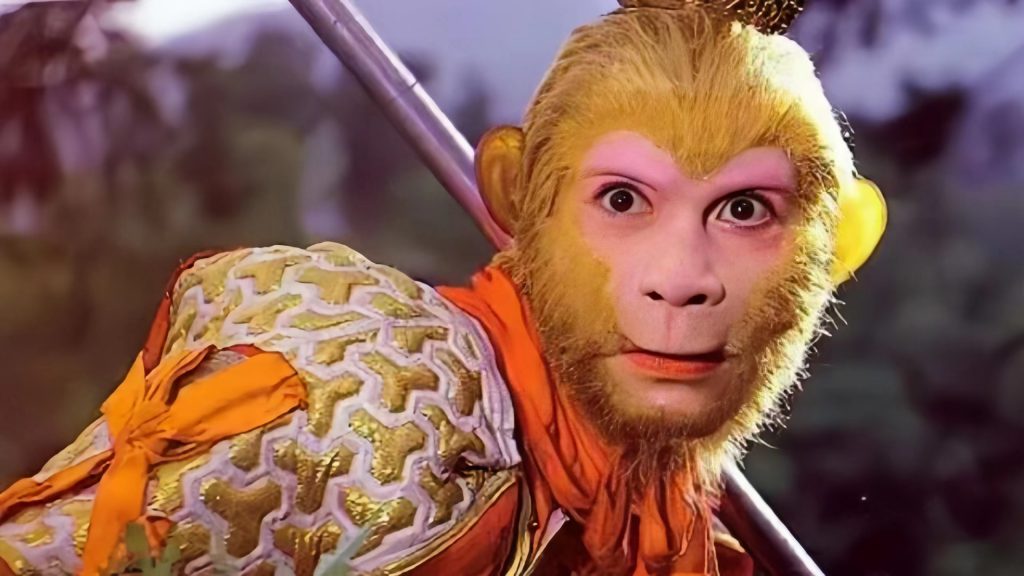
Sun Wukong, as the core character in the Chinese classic “Journey to the West”, is a well-known mythical hero. He is not only the soul of this literary masterpiece, but also a symbol of wisdom and courage in Chinese culture, daring to resist authority, and pursuing freedom and justice.
- The birth and growth of Sun Wukong
The birth of Sun Wukong is full of fantasy. According to legend, there is a magical fairy stone on the Flower and Fruit Mountain in Aolai Country, Dongsheng Shenzhou. It has been influenced by the beauty of nature and the essence of the sun and the moon for a long time, and it has the meaning of spiritual communication. The fairy cell inside burst one day and produced a stone egg as big as a ball. Because of the wind, it turned into a stone monkey. This is the initial form of Sun Wukong. He named himself “Monkey King” and led a group of monkeys to live a carefree life in Flower and Fruit Mountain.
However, Sun Wukong was not satisfied with the status quo. He longed for immortality, so he traveled across the ocean and experienced hardships. Finally, he became a disciple of Bodhi Patriarch and learned magical skills such as 72 transformations and somersault cloud. After returning from his studies, Sun Wukong not only had great skills, but also possessed extraordinary wisdom and courage, which laid the foundation for his legendary experience in the future.
- Sun Wukong’s personality characteristics
Unruly and daring to resist: Sun Wukong’s biggest characteristic is his rebellious spirit. Whether it is the authority of the heavenly court or the threats of demons and monsters, he dares to challenge and is not afraid of power. This spirit is reflected in his series of behaviors such as making trouble in the heavenly palace, disrupting the peach banquet, and stealing elixirs, showing his heroic image of not fearing difficulties and daring to fight.
Extraordinary wit and good at adaptability: Sun Wukong’s wisdom is also commendable. He is good at observation and can quickly see the essence of things; he is witty and flexible, and can always come up with solutions to problems at critical moments. Whether it is fighting wits and courage with the enemy or resolving various crises on the way to obtain scriptures, he has shown extraordinary wisdom and talent.
Loyalty and righteousness, protecting the master: Although Sun Wukong has a bit of naughtiness and rebellion in his character, his loyalty to his master Tang Seng is impeccable. No matter how big the difficulties and challenges are, he always sticks to Tang Seng and protects him from harm. This loyalty and righteousness have established a taller heroic image in the hearts of readers.
Humorous and humane: Sun Wukong is not a cold hero image, he also has a humorous side. On the way to obtain scriptures, he often amuses everyone with witty words and actions, making the originally boring journey lively and interesting. This humanized design makes the image of Sun Wukong more vivid and closer to people’s hearts. - Sun Wukong’s legendary experience
Sun Wukong’s legendary experience is mainly concentrated in “Journey to the West”, and the story of him accompanying Tang Seng to the West to obtain scriptures has become the main line of the whole novel. In the process of obtaining scriptures, they encountered 81 difficulties, and Sun Wukong, with his extraordinary ability and wisdom, turned danger into safety again and again, protecting his master and fellow apprentices on their way forward safely.
Among them, making trouble in the Heavenly Palace is one of Sun Wukong’s most well-known feats. Dissatisfied with the contempt and restraint of the Heavenly Court, he openly rebelled and fought fiercely with the heavenly soldiers and generals. Although he was eventually pressed under the Five Elements Mountain by the Buddha for five hundred years, his heroic deeds spread throughout the Three Realms and Six Paths, becoming a symbol of resistance to power and pursuit of freedom.
On the way to obtain scriptures, Sun Wukong made many extraordinary achievements. His stories of fighting the White Bone Demon three times, subduing Red Boy, and fighting the King of Gold and Silver Horns all showed his extraordinary wisdom and courage. He is not only a capable assistant to Tang Monk, but also the spiritual pillar of the entire team of obtaining scriptures.
- The cultural significance of Sun Wukong
As the core character in “Journey to the West”, Sun Wukong’s image and significance far exceed the scope of literary works. He is not only a symbol of wisdom and courage in the traditional culture of the Chinese nation, daring to resist authority, and pursuing freedom and justice, but also a role model for people in modern society to pursue self-worth and realize their life ideals.
Sun Wukong’s rebellious spirit encourages people to challenge the status quo and pursue progress; his wisdom and courage inspire people to remain calm and firm in the face of difficulties and challenges. At the same time, Sun Wukong’s loyalty and righteousness also remind people to cherish family and friendship and protect the people and things around them.
In addition, the image of Sun Wukong is also widely used in literature, art, film and television and other fields. His story has been adapted into various forms of works and spread all over the world; his image has also become a messenger of cultural exchange and communication, deepening the understanding and friendship between different countries and nations.
In summary, as the core character in “Journey to the West”, Sun Wukong’s image and significance have surpassed the scope of literary works and become an indispensable part of the traditional culture of the Chinese nation. With his unique charm and profound cultural connotation, he has influenced generations of readers and audiences and has become an eternal classic.

